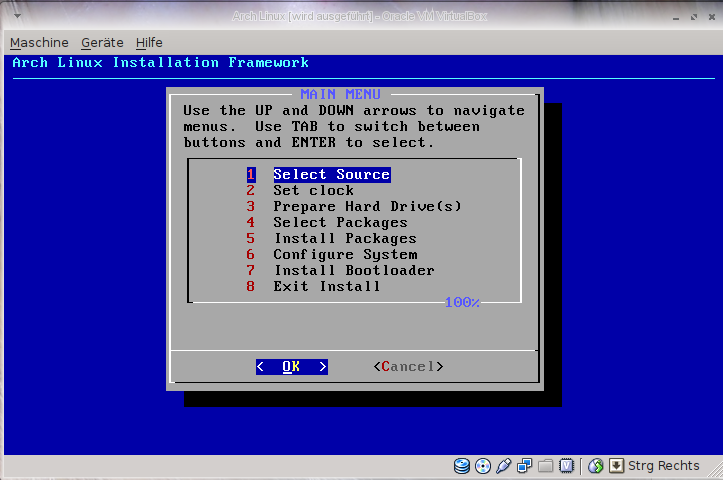
It's worth noting that when extracted the debug symbols are about 5GB.I still remember the early days of using Ubuntu. This is useful if say, you want to do kernel debugging. The second are debug symbols for the first. This means that if you install it then next time you reboot, you'll boot into that kernel. The first one will replace your current default menulist item in grub upon installation. Here's the important and perhaps confusing ones: When complete, a number of files get created in the parent directory. It's also worth noting that if you're using not much of a deviation from the default configuration that ships with debian, you'll need upwards of about 7GB or so of space to do this operation. Choosing your most powerful machine may reduce the time of this operation from many hours to under 1.

This will take quite some time and it's worth noting that it doesn't necessarily have to be done on the target machine (or even the target architecture, search in your engine of choice for kernel cross-compiling if you want to set it up). the -j`nproc` argument sets the build to use as many cpu's as you have. Use make bindeb-pkg target to build the kernel. Make: *** No rule to make target 'debian/certs/test-signing-certs.pem', needed by 'certs/x509_certificate_list'. If you do this, ensure that you modify the configuration to set:

config and then running make oldconfig to only answer new questions. Using your current Debian kernel configuration as a starting pointĪlternatively, you can use the configuration from a Debian-built kernel that you already have installed by copying the /boot/config-* file to. Tar xavf /usr/src/linux-source-4.15.tar.xzĬhange directories to the newly extracted linux source (again, match 4.15 to your version):Ĭreate a defconfig with the following command, please change ARCH=i386 to match your target architecture: In this example we will be using the 4.15 Kernel under Sid.Įxtract the Kernel Source with the following command (NOTE: You will need to change 4.15 to match the. Please note that x.x will match the current Linux Kernel source for your release of Debian. Under /usr/src you will find a file looking like linux-source-x.x.tar.xz.

Sudo apt-get install build-essential linux-source bc kmod cpio flex libncurses5-dev libelf-dev libssl-dev dwarves bison To install these packages run the following command as root: Optional for using curses based menu driven configuration. libncurses5-dev - Development files for ncurses5.build-essential - Essential packages required for compiling.To download and compile the Linux Kernel source we will need the following packages: Don't use this, or take with a grain of salt. This is an obsolete now guide on how to build the Linux Kernel into a.


 0 kommentar(er)
0 kommentar(er)
